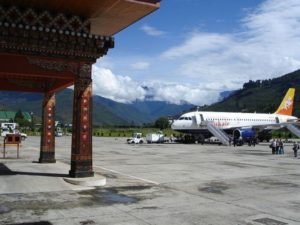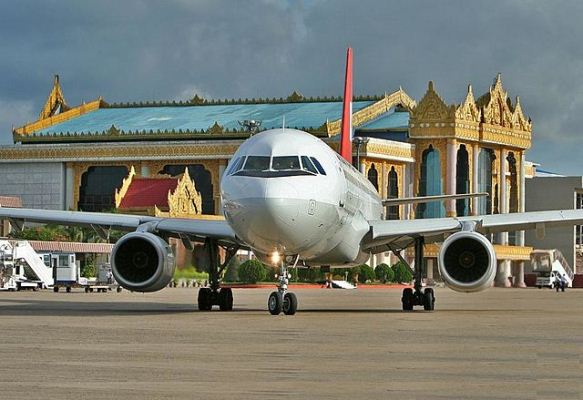 Amid reports of a resurgent aviation industry, more than 60% of airports are not realizing a profit, according to a new report by the Airports Council International (ACI).
Amid reports of a resurgent aviation industry, more than 60% of airports are not realizing a profit, according to a new report by the Airports Council International (ACI).
In its newly released “Policy Brief: Airport Networks and the Sustainability of Small Airports,” ACI said that the sustainable operation and development of the world’s smaller airports remains a challenge.
“The airport industry faces a conundrum. While the industry as a whole is profitable, their financial statements show that a significant number of airports are actually in the red. The latest estimates suggest that as many as 66% of the world’s airports operate at a net loss.”
It said most of these struggling airports are small, handling less than one million passengers per annum.
“The industry’s overall earning propensity and profitability is concentrated among airports with higher passenger throughput. In essence, the net profits of a minority of high-traffic airports significantly exceed the net losses of the majority of smaller airports,” it continued.
It said the airport network model is one of the options to overcome this challenge. In order to do so, however, airport networks must continue to be able to cross-subsidize smaller airports in accordance with the ICAO framework.
Airports belonging to airport networks benefit from economies of scope and scale that generate efficiencies in terms of costs and charges, said the report. Airport networks have relatively low operating expenses, as well as low capital costs per passenger.
Also, the efficiency gains in operating costs and capital costs more than offset cross-subsidies and generate value for airlines and passengers using airport networks. Additionally, a network approach facilitates sharing of best practices in customer experience among the network-member airports.
The 2017 ACI Inventory of Airport Networks reveals that 132 out of 191 countries (69%) have some kind of airport network arrangement, either directly operated by a state through a civil aviation authority or a ministerial department, or by a corporatized national or sub-national airport network company.
An estimated 1,900 or nearly half (49%) of the world’s airports belong to airport networks of some kind and they handle an overall annual traffic volume of 2.9 billion passengers, 38% of global passenger traffic.
In the Africa, Latin America-Caribbean, and Asia-Pacific regions, an overwhelming majority of small airports belong to airport networks (92%, 92%, and 76% respectively). Overall, about 1,000 small airports are in networks and together they service 278 million passengers per annum.
“Airport operators should be permitted to operate under a wide range of management models to serve their specific missions, their business needs and local circumstances,” said Angela Gittens, director general, ACI World.
“When a network approach is pursued, cross-subsidies from profitable larger airports are often key to the sustainability of smaller airports, which in turn provide essential benefits in terms of safety, social and economic development, and positive externalities to airlines users of the network.”
Photo: Md. Aminul Hassan (myself)





